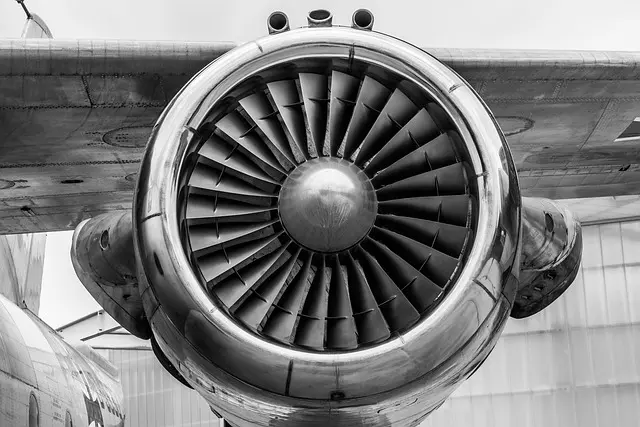
Marine engines are the heart of seafaring vessels, whether they’re powering cargo ships, fishing boats, or passenger ferries. Behind every powerful marine engine lies a network of carefully engineered components working in harmony to ensure efficiency, safety, and reliability. In this blog, we’ll explore the essential marine engine parts, their functions, and why maintaining them is critical for smooth marine operations.
Key Marine Engine Parts and Their Functions
1. Cylinder Block
The cylinder block is the main structure of the engine. It houses the cylinders where the combustion process occurs and supports other major components like the crankshaft and camshaft.
2. Piston
The piston moves up and down within the cylinder, converting combustion pressure into mechanical energy. It plays a direct role in the power output of the engine.
3. Crankshaft
The crankshaft transforms the linear motion of the pistons into rotational energy that drives the ship’s propeller.
4. Connecting Rod
This component connects the piston to the crankshaft and transfers the piston’s motion.
5. Cylinder Head
The cylinder head seals the top of the cylinder and contains vital parts like intake/exhaust valves, injectors, and the camshaft.
6. Fuel Injector / Nozzle
Responsible for delivering a fine spray of fuel into the combustion chamber, ensuring optimal air-fuel mixing and efficient combustion.
7. Turbocharger
A turbocharger uses exhaust gases to force more air into the engine, increasing efficiency and power output.
8. Cooling System
Typically water-cooled in marine engines, this system keeps the engine at a safe operating temperature and prevents overheating.
9. Lubrication System
Lubricates moving parts to reduce friction, wear, and heat buildup. Includes oil pumps, filters, and coolers.
10. Exhaust System
Manages the flow of combustion gases out of the engine and often includes components for emission control.
Importance of Maintenance
Neglecting any of these parts can result in performance drops, higher fuel consumption, and even engine failure. Proper inspection, cleaning, and timely replacement of worn parts are crucial.
Maintenance tips:
- Perform regular oil and filter changes
- Monitor coolant levels and replace coolant as needed
- Clean or replace fuel injectors periodically
- Check belts, seals, and gaskets for wear or leaks
- Follow manufacturer-recommended service intervals
Applications of Marine Engine Parts
These parts are used in various engine types and vessel classes, including:
- Main propulsion engines for cargo ships and tankers
- Auxiliary engines for generators and support systems
- High-speed engines in patrol boats, ferries, and fishing vessels
Final Thoughts
Marine engine parts might not get the spotlight, but they form the essential framework of maritime propulsion and onboard power systems. Each component, no matter how small, plays a role in the safe and efficient operation of a vessel.
Investing in quality parts and regular maintenance ensures longer engine life, better fuel efficiency, and peace of mind at sea.





